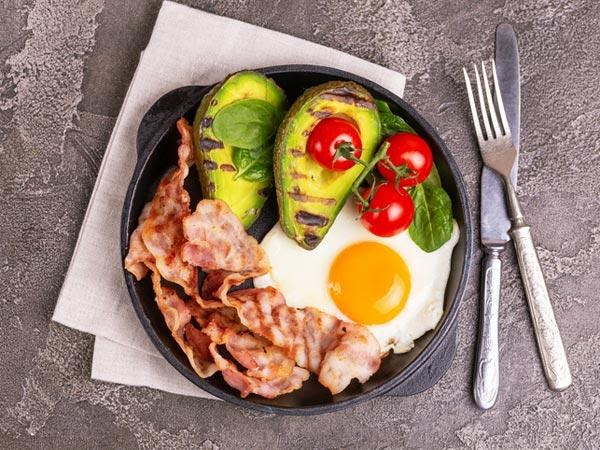The keto diet is a high-fat, low-carbohydrate diet and moderate-protein diet. Carbohydrates are the preferred source of energy. However, on a strict keto diet, less than five percent of energy intake is from carbohydrates. Do many people want to know how does the keto work? It is fascinating to know that reducing carbohydrates puts your body into a metabolic state known as ketosis.
Ketosis is the state when the body starts breaking down stored fat into molecules known as ketone bodies in order to use for energy, especially in the absence of circulating blood sugar from the food. Once the body reaches ketosis, the cells use ketone bodies in order to generate energy until the body starts eating carbohydrates again.
Initially, the keto diet was used in clinical settings in order to reduce seizures in children with epilepsy. However, there is a lot of interest in the diet’s effectiveness in helping with some other neurological conditions such as cancer, PCOS, diabetes, obesity, high cholesterol, and cardiovascular disease. People also prefer the keto diet for weight loss purposes.
If you want to eat a very low-carb, high-fat, moderate-protein diet, you can be confusing to know which foods are best to eat. Let’s have a guide to some of the foods you can eat and foods you should avoid while following a ketogenic diet.
Foods to eat on a keto diet
Fish and Seafood
It is fascinating to know that fish is rich in B vitamins, potassium as well as selenium. Along with this, fish is also protein-rich and carb-free. Some fish species such as salmon, mackerel, sardines, albacore tuna, or other fatty fish boast high levels of omega-3 fats have been found to lower blood sugar levels. They also increase insulin sensitivity.
It is essential to keep in mind that frequent fish intake has been linked to a decreased risk of chronic disease and improved mental health. There must be an aim to consume at least two 3-ounce servings of fatty fish weekly to stay healthy.
Low- Carb veggies
Almost all the non-starchy vegetables are low in calories as well as carbs. However, these vegetables are high in many nutrients such as vitamin C and several minerals and contain antioxidants that aid protects against cell-damaging free radicals.
It would be best if you had aimed for non- starchy vegetables with less than 8 grams of net carbs per cup. Keep in consideration that you can prefer green beans, broccoli, bell peppers, cauliflower, zucchini, and spinach fit the bill.
Cheese
While following a keto diet, prefer cheese in your meals. It is fascinating to know that cheese has zero carbohydrates and is high in fat. It makes an excellent fit for the ketogenic diet. If you are suffering from acid reflux or Gerd, cheese can be good with Heartburn Home Remedies.
Moreover, cheese is also rich in protein as well as calcium. However, there is a great need to know that a 1-ounce slice of cheese delivers approximately 30 percent of the daily value for saturated fat.
Plain Greek Yogurt
Yogurt is high in protein and calcium-rich. There is a great need to know that five ounces of plain Greek yogurt allows you to get 5 g of carbohydrates and 12 grams of protein. However, the same amount of cottage cheese also has five grams of carbohydrates with 18 grams of protein.
According to recent studies, it has been shown that both calcium and protein reduces appetite and promote fullness. Along with this, higher-fat yogurts, as well as cottage cheese, help keep you full for longer.
Avocados
You can choose heart-healthy fats such as avocados that are high in monounsaturated fat and potassium. It is fascinating to know that half of a medium avocado contains nine grams of total carbohydrates, seven grams of fiber. Furthermore, swapping animal fats for plant fats such as avocados may help improve cholesterol and triglyceride levels.
